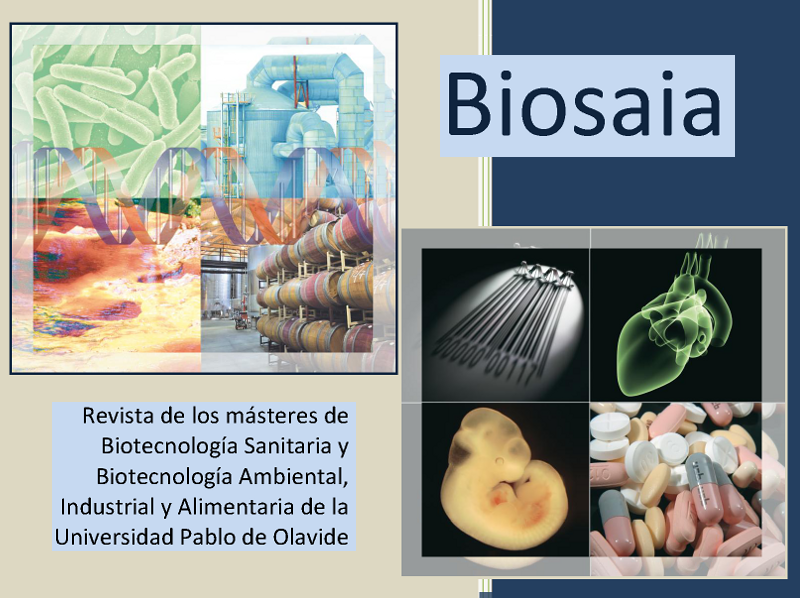Clickable Zr-based MOFs as versatile multifunctional nanoplatforms for biomedical applications
Palabras clave:
NanoMOFs; UiO66; cancerResumen
Motivation: Cancer is a group of diseases characterized by uncontrolled cell growth. It is among the leading causes of mortality in the world, whichis why anti-tumor therapies have been developed, such as chemotherapy, radiotherapy and surgery. Although tumor growth can be decreased bythese treatments, they can also damage normal cells and organs [1]. In order to improve the selectivity of these treatments, several new targeted drug therapies using new nanomaterials as carriers to deliver drugs only into tumor areas are being developed [2]. It has been found that Nanosized-MOFs are among the best candidates due to their high drug-loading ability and tunable porosity and structure. These nanoparticles are composed of different metal ions and organic ligands that form an extended crystalline network [3]. In this study, nanosized UiO-66 have beenfunctionalized with new targeting ligands giving rise to a promising multifunctional nanoplatforms for different biomedical applications
Methods: Within this project, N3-(PEG)5-PO3 and N3-(PEG)20-PO3 have been synthesized and used as ligand for the external surface functionalization of nanoUiO-66 to improve the stability of the nanoconstructs in cellular environments to enhance and delay drug-releasedcapability [3]. These two coatings have been synthesized to unravel which one stabilizes nano-UiO66 over the time and under biological setting.Later, a copper free click reaction using DBCO-dye demostrated that azide was accessible. In addition, doxorubicin, an anti-tumoral drug, has been introduced into the funcionalized nano UiO-66 particles to evaluate the loading efficiency of the as-prepared system.
Results: The structure of N3-(PEG)5-PO3 and N3-(PEG)20-PO3 have been determined by 1HNMR, 13CNMR and high- resolution mass spectroscopy. On the other hand, nanoUiO-66 properties such as size, morphology and porosity have been studied by using Dynamic Light Scattering (DLS), Scanning Electron Microscopy (SEM), Powder X-ray Diffraction (XRD) and N2 isotherms. Finally, functionalization have been confirmed by Zeta-potential, FT-IR and NMR.
Conclusions: The main achievement of this project has been to synthesize nano-UiO66 and functionalize it with ligands. It was first demonstrated that phosphate improved colloidal stability in arqueous media [3]. Secondly, nanosizedUiO66 stability in aqueous medium was improved thanks to N3-(PEG)20-PO3. Finally, a multifunctional nanoplatform was obtained by means of Click Chemistry
Descargas
Citas
Junlei Y.;Hui W.; Jinyao L.; Mengkui D.;Xianjin X.; Xiaoyu Y.;Shuang Z.;Ruizhouo O.; Yuqing M. (2020). Recent advances in nanosized metal organic frameworks for drug delivery a tumor therapy..RSC Adv,11, 3241-3263
Jintong L.; Jing H; Lei, L: Jianping L,.(2021). Multifunctional metal-organic framework heterostructures for enhanced cancer therapy. Chem. Soc. Rev.,50,1188-1218
X. Chen, Y. Zhuang, N. Rampal, R. Hewitt, G. Divinitini, C. A. O´Keefe, X. Liu, D. J. Whitaker, J. W. Wills, R. Jugdaohsingh, J. J. Powell, Han Yu, C. P. Grey, O. A. Scherman & D. Fairen-Jimenez (2021). Formulation of Metal-Organic Frameworks-Based Drug Carriers by Controlled Coordination of Methoxy PEG Phosphate: Boosting Colloidal Stability and Redispersibility. J. Am. Chem. Soc., 143(34), 13557–13572
Descargas
Publicado
Cómo citar
Número
Sección
Licencia

Esta obra está bajo una licencia internacional Creative Commons Atribución-NoComercial-CompartirIgual 4.0.





